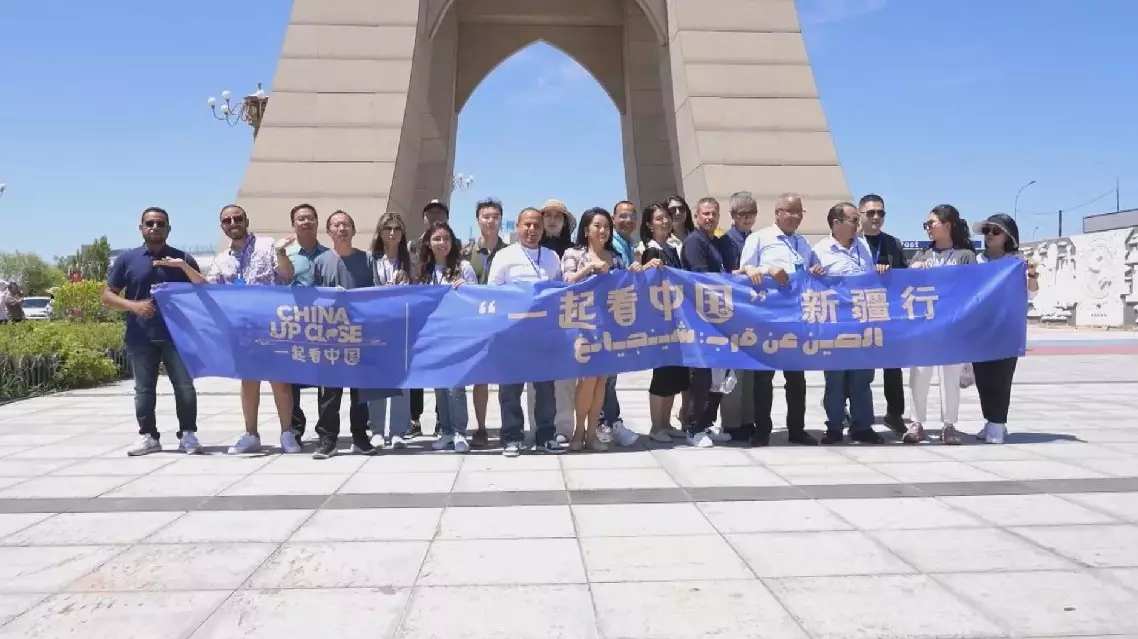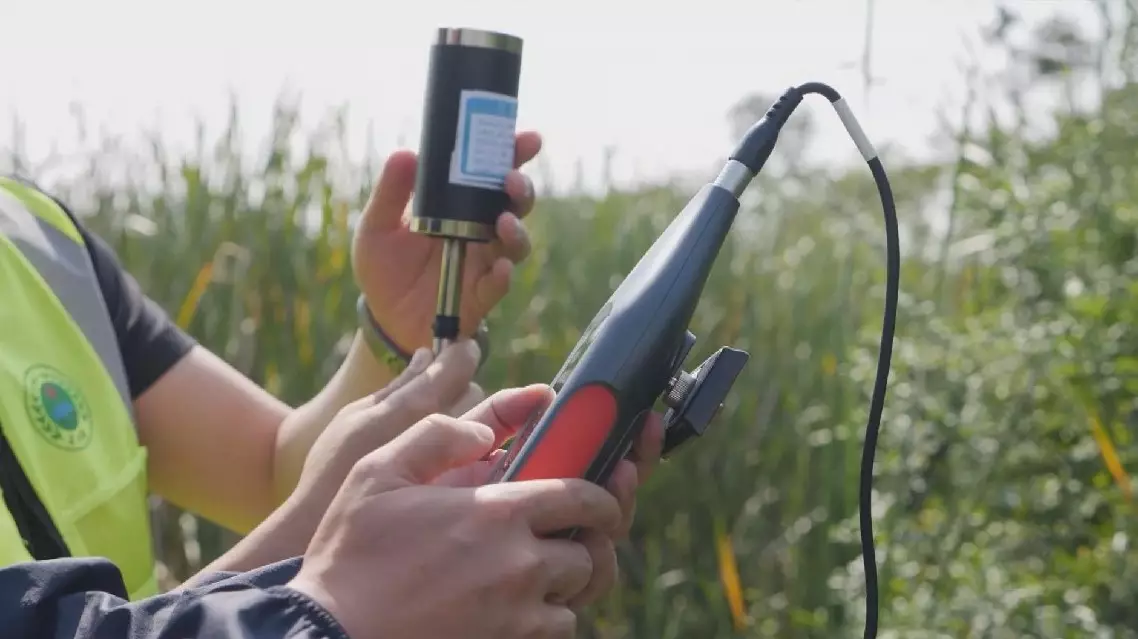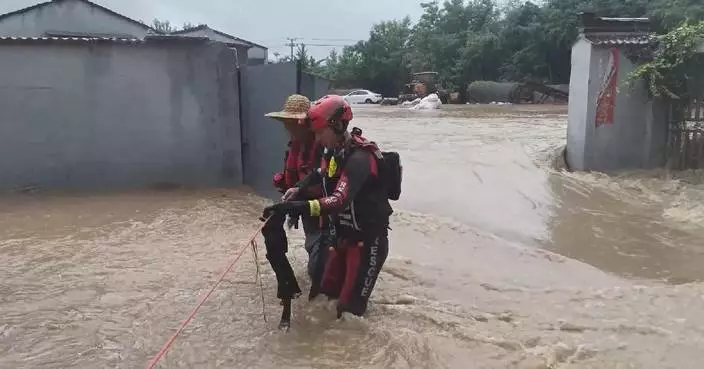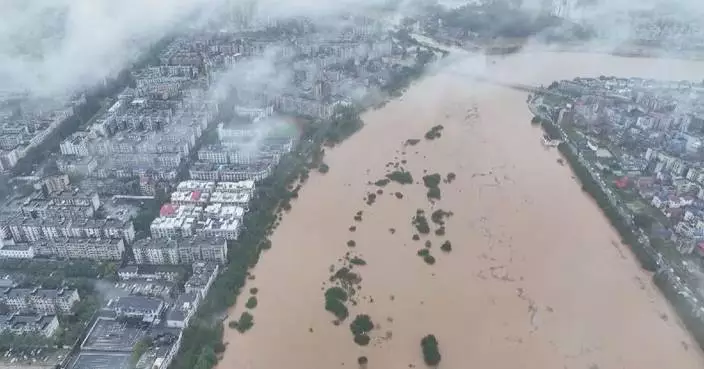A group of 26 journalists representing media outlets from 24 countries and regions embarked on a 7-day tour of northwestern China's Xinjiang Uygur Autonomous Region to gain firsthand insights into the region's economic and social development, as well as its rich history and culture.
The "China Up Close: Xinjiang" tour, jointly organized by the China Media Group (CMG), the China International Media Exchange, and the Publicity Department of the Party Committee of China Media Group, commenced on June 20 and will conclude on June 26.
The journalists are divided into two groups to cover both northern and southern Xinjiang, allowing them to experience the region's diverse landscapes and cultural heritage.
The northern tour group on Friday morning successively visited the Khorgos port on the China-Kazakhstan border and the Ili General's Mansion in Huocheng County of the Ili Kazakh Autonomous Prefecture, learning about the thriving trade exchanges between the two countries and the heroic stories of this historic border town.
Ili General's Mansion was the camp where the Ili generals worked and stayed during the Qing Dynasty (1644–1911).
In the 27th year of Qianlong (1762), Ili General was established to preside over military and political affairs in the north and south of the Tianshan Mountains. Forty-two generals have served here for 60 terms.
"This is my first time visiting Xinjiang. The city here is very beautiful. We are now at the border crossing, which is of great importance for trade relations between China, Central Asia and Europe. We will also visit other places, including many mosques and a lake. I am very excited to learn more about this beautiful city," said Reem Hani, a correspondent for the Lebanese Al-Akhbar newspaper.
Meanwhile, the delegation to southern Xinjiang also began their tour of the ancient city of Kashgar on Friday.
Their itinerary included the Kashgar Area of China (Xinjiang) Pilot Free Trade Zone, a display and trading center for cross-border e-commerce goods, an agricultural technology company, and the Id Kah Mosque which was listed as a key national cultural relics unit in 2001.
"I come from Hungary and this is my first time in Xinjiang. And so far I travel to many places in China, but never something like that in Xinjiang. Before I came in here, I read about the history and what major role it's played to the silk road. But it's good to see that it's playing another new and prosperous role in the new belt and road initiative and connecting with Europe and with the neighboring country. It's pretty fantastic so far," said Marton Bonifac Brem-Nagy, a correspondent for the Hungarian newspaper Magyar Hirlap.
The tour will also take the media delegation to visit other key destinations in the region, such as Bortala Mongolian Autonomous Prefecture, Aksu, and Urumqi.
Through their respective media platforms, the foreign journalists will share their firsthand accounts and reports, showcasing the region's progress, openness, and cultural richness.
The media delegation will also cover the opening ceremony of the 8th China-Eurasia Expo, which is scheduled to be held from June 26 to 30 in Xinjiang.

Journalists from 24 countries marvel at Xinjiang's development during onsite visit









